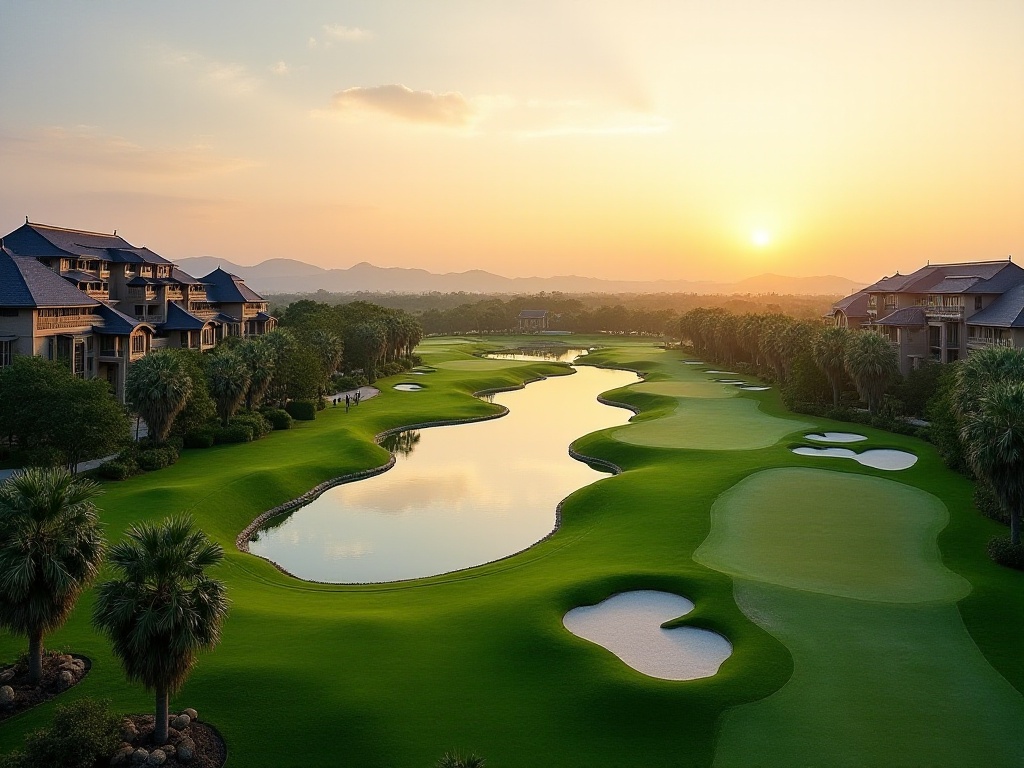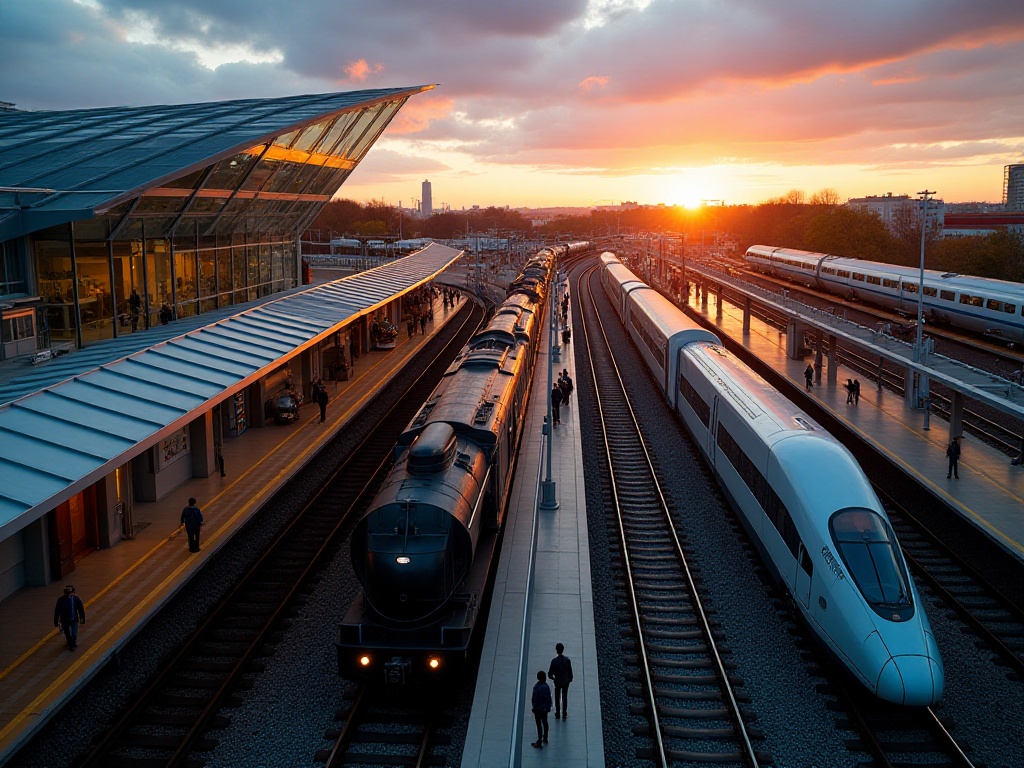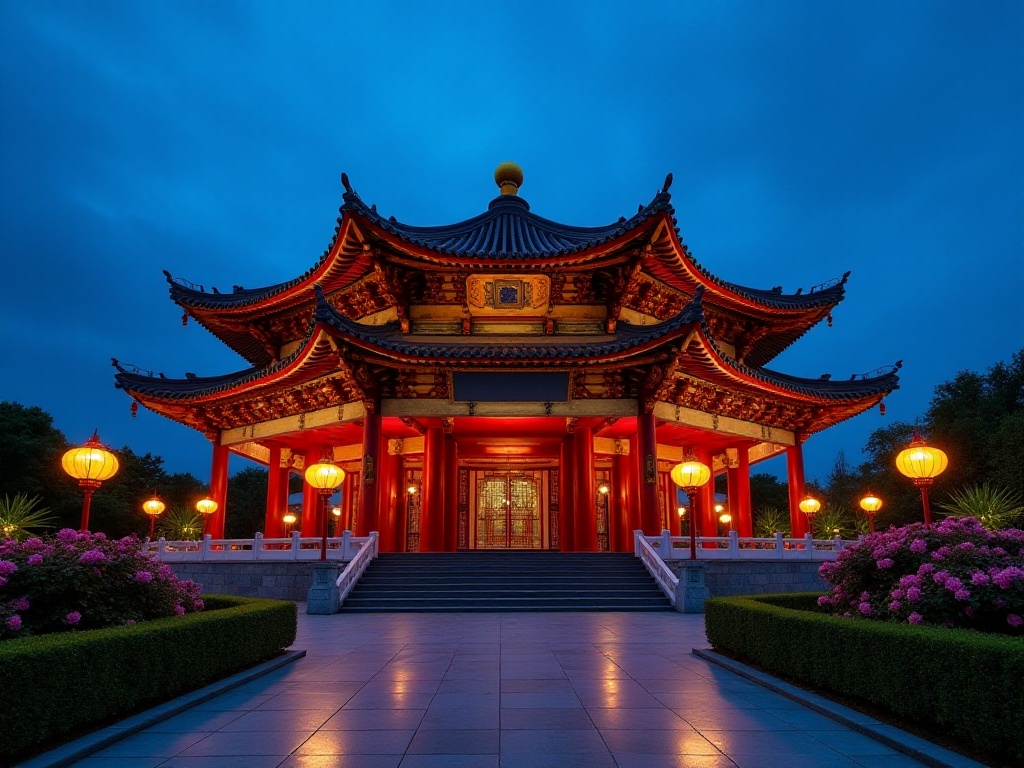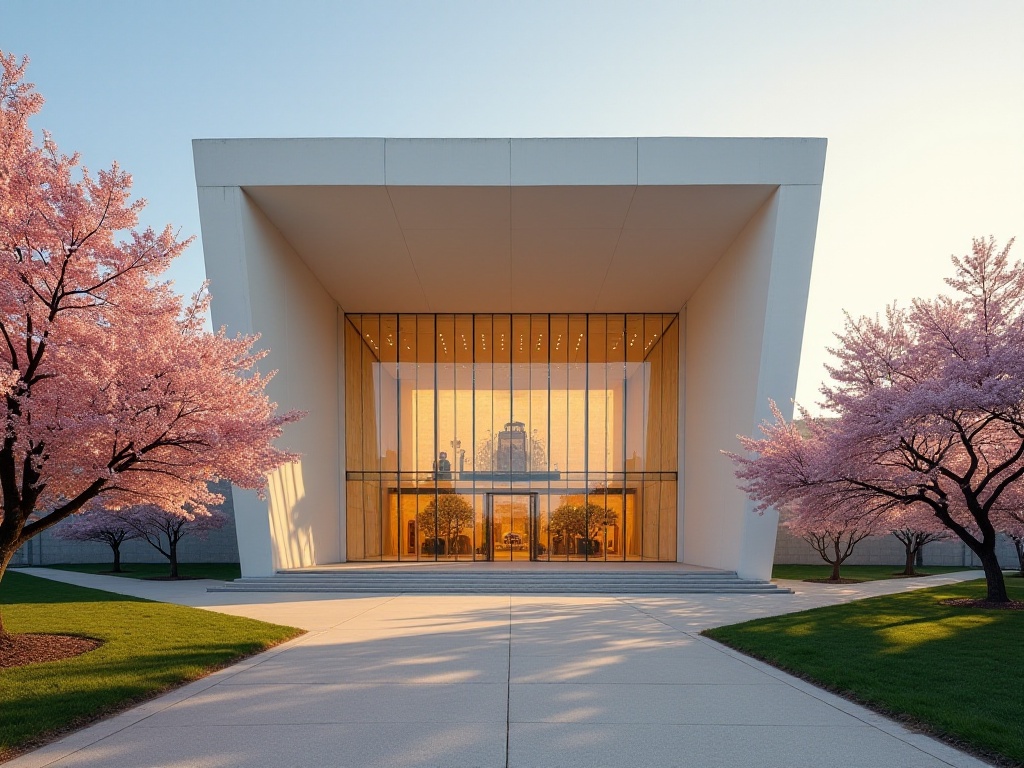Origin
One weekend last summer, while exploring Osaka with my best friend, we accidentally discovered this treasure trove of a museum hidden in the Expo Commemoration Park. Right at the entrance, we were stunned by its unique architectural design! The entire building resembles a massive spaceship, futuristic yet dignified. This is no ordinary museum, but a world-class cultural institution! It reportedly houses 345,000 exhibits, a number that's simply staggering.
As a cultural exploration enthusiast, I had long heard of this museum's reputation. It's not only Japan's most important ethnological research base but also one of Asia's richest museums in terms of ethnic cultural artifacts. Here, you can see precious artifacts from around the world, each one like a fascinating story waiting to be discovered.
First Impressions
To be honest, I was initially worried it might be boring like many traditional museums, but I was pleasantly surprised as soon as I entered! The exhibition design here is incredibly creative! The layout of the entire museum is ingeniously arranged by geographical location, starting from Oceania, making it feel like a world tour as you walk through.
The interior space is spacious and bright, without any sense of oppression. Each exhibition area creates its unique atmosphere, and you can feel the transition between different cultures just walking through the corridors. The huge world map on the wall clearly marks the geographical location corresponding to each exhibition area, making it easy to understand.
I particularly love their guide design, with corresponding background music in different areas - sometimes African tribal drums, sometimes South American rainforest sounds. Exploring the exhibitions while listening to this music makes you feel completely immersed in that cultural environment.

Collection Highlights
The exhibits are simply overwhelming! What delighted me most was that they don't just display "high-end" artifacts, but more importantly, everyday items from various regions. For example, in the African section, besides familiar tribal masks, there are local farming tools, kitchen utensils, and even reconstructed living environments. All exhibits are carefully arranged and explained, allowing you to truly experience people's daily lives in different cultures.
The Asian exhibition particularly captivated me. From Chinese traditional costumes to Japanese crafts, from Korean utensils to Southeast Asian textiles, each exhibit is full of life. Especially the handicrafts, where you can clearly see the details of their craftsmanship, making one marvel at the wisdom of our ancestors.
The European section displays numerous folk crafts and festival items. Decorations for Christmas, Easter, and other traditional festivals, along with characteristic national costumes from various regions, are perfectly preserved. I was most attracted to a reconstructed Viking-era costume, with incredibly fine workmanship.
The American indigenous cultural display is also special. From North American Indian totem poles to South American Incan textiles, each exhibit tells the story of once-flourishing civilizations on this land. The feather decorations, in particular, are so vibrantly colored they seem to still carry the humidity of the rainforest.

Exploration Experience
The visiting experience here is absolutely first-class! Although the exhibits are highly academic, the presentation method is particularly lively and interesting. Each exhibition area has interactive zones where visitors can personally experience different cultural features.
For instance, in the Oceania section, you can try playing various traditional instruments; in the African section, you can touch different textile materials; in the Asian section, you can even experience tea ceremony and calligraphy. These interactive exhibits aren't simple displays but carefully designed experience projects, each helping you gain a deeper understanding of the corresponding culture.
What impressed me most was their multimedia display system. Through high-definition projection and holographic technology, you can see complete reconstructions of certain important ceremonies. For example, in the South American section, I saw a 3D recreation of an Incan ritual ceremony, so realistic it felt like traveling back hundreds of years.
The exhibition hall also has many rest areas where you can sit down to carefully read exhibit descriptions or watch related documentaries. These areas are comfortable and well-positioned, not interfering with other visitors' flow.

Practical Tips
If you plan to visit this museum, I strongly recommend thorough preparation. First, make sure to allocate enough time - half a day is minimum, and even a full day isn't enough if you want to savor each section thoroughly. I went twice, and only on the second visit did I feel I had seen everything properly.
Regarding tickets, regular adult admission is 1,400 yen, but if you're a student, remember to bring your student ID for special discounts. The museum also offers annual passes, which are very economical if you live in the Kansai region.
The audio guide is a must-rent! The audio guides here are exceptionally well-made, offering detailed audio explanations that automatically play content based on your location. They support multiple languages, including professional Chinese narration. The rental fee is 500 yen, absolutely worth it.
For the visiting route, I recommend following the designed order of exhibitions, starting from Oceania, as it's more systematic. If time is limited, check the official website beforehand and focus on the sections that interest you most.
Photography is allowed, but note that some special exhibits prohibit photos - please follow these rules. Also, the lighting in the museum isn't very strong, so adjust your camera settings accordingly.

Surrounding Area
After visiting the museum, don't rush to leave - the surrounding Expo Commemoration Park is worth exploring. The park is huge, with many exquisite Japanese gardens, perfect for photography! The cherry blossoms in spring are beautiful, and the autumn leaves are mesmerizing.
There are many rest areas in the park. I particularly enjoy finding a quiet bench to eat lunch while organizing my visit notes. Picnicking is also a great option if the weather is nice. There are several restaurants in the park, but honestly, they're not very economical - I recommend bringing your own food.
Transportation is convenient, with direct subway access from central Osaka. It's about a 15-minute walk from the station to the museum, and the route is easy to find. However, check the closing time as they're quite strict about clearing the museum at closing time.

Deep Reflection
Each visit to this museum brings new insights. In this age of information explosion, many traditional cultures are quietly disappearing. Looking at these exquisite handicrafts and thinking about how their manufacturing techniques might be lost makes one contemplative.
Especially when seeing exhibits from endangered cultures, it makes you think: in our pursuit of modernization, have we overlooked too many traditional cultural values? These seemingly ordinary daily items actually carry the wisdom and living aesthetics of our ancestors.
This museum is like a giant time capsule, preserving the essence of human civilization forever. But preservation alone isn't enough - the real challenge is how to bring these cultures to life and help more young people understand and inherit these cultural heritages.

Conclusion
Every time I recall my experiences at the Museum of Ethnology, I feel particularly fulfilled. This is not just a place to display artifacts, but a window to understand the world. Through these exhibits, we can see the differences between cultures and discover the amazing commonalities in human civilization.
If you're interested in human culture, you must visit this place. I believe you'll discover countless amazing cultural treasures here, just like I did, and feel the charm of human civilization. Each exhibit here tells a unique story, waiting to be discovered and passed on.


